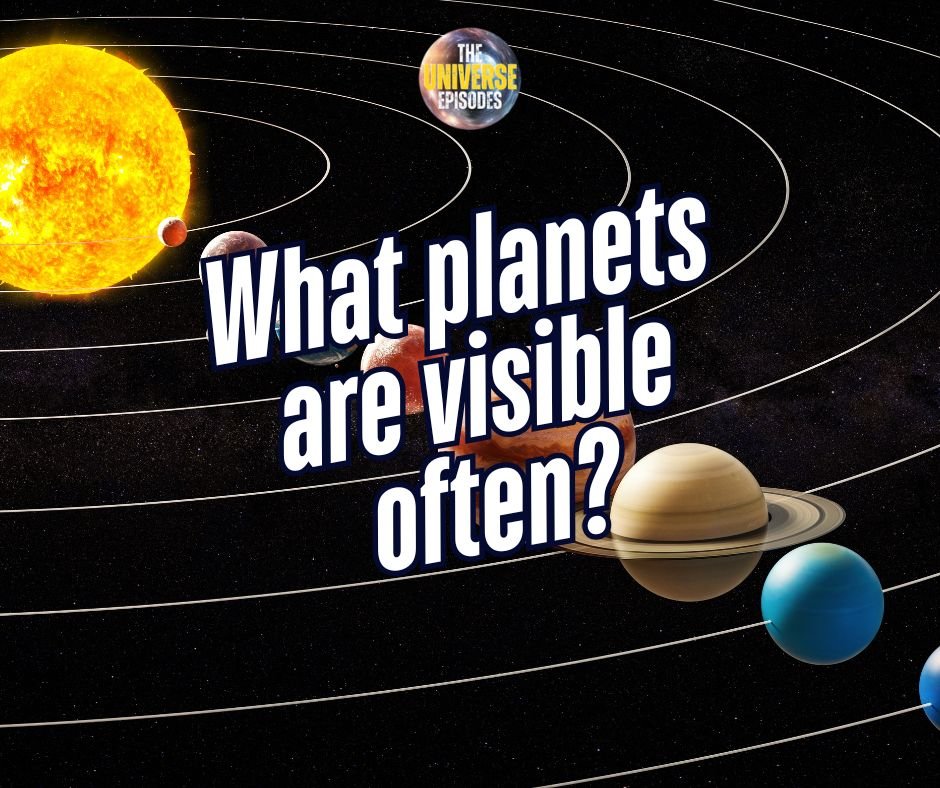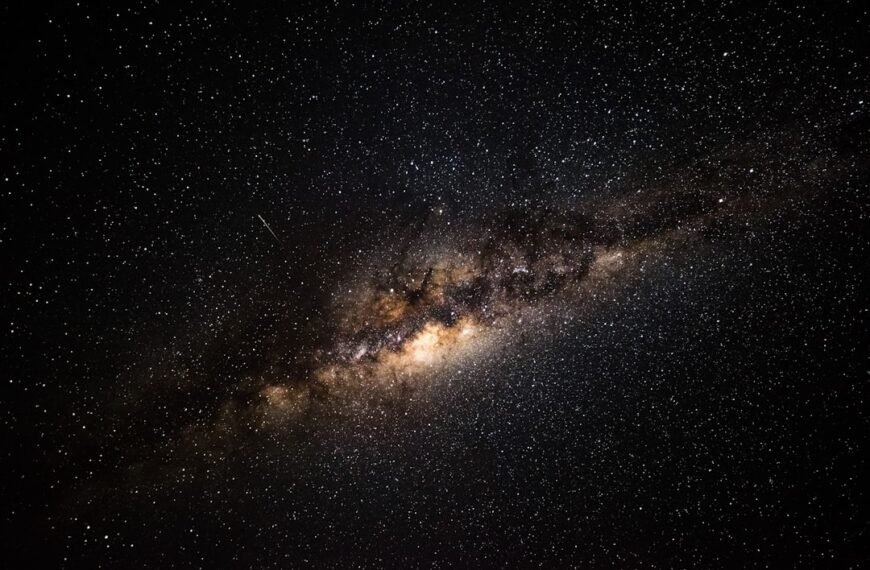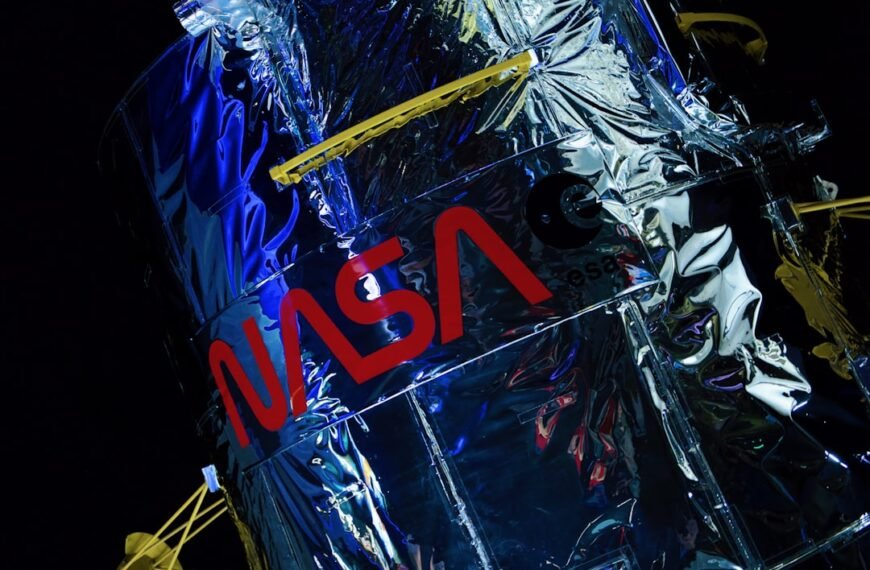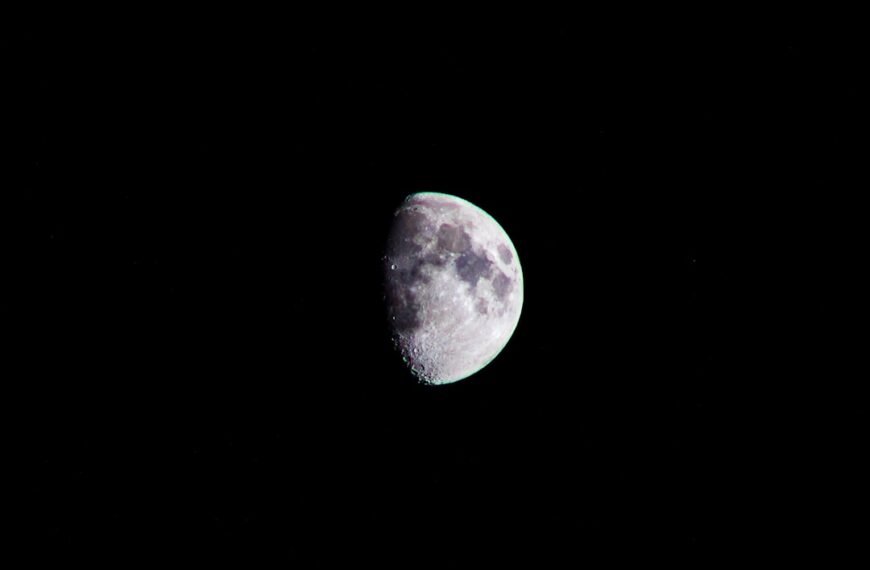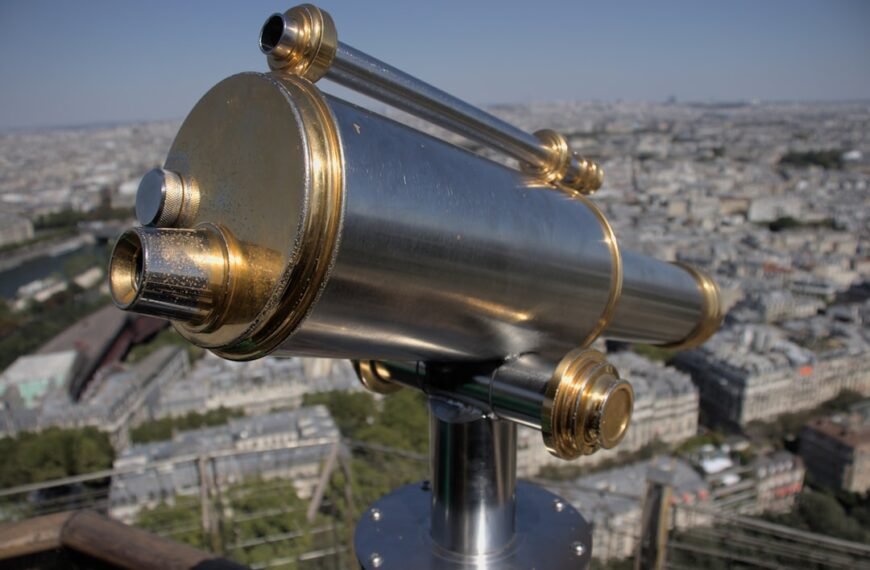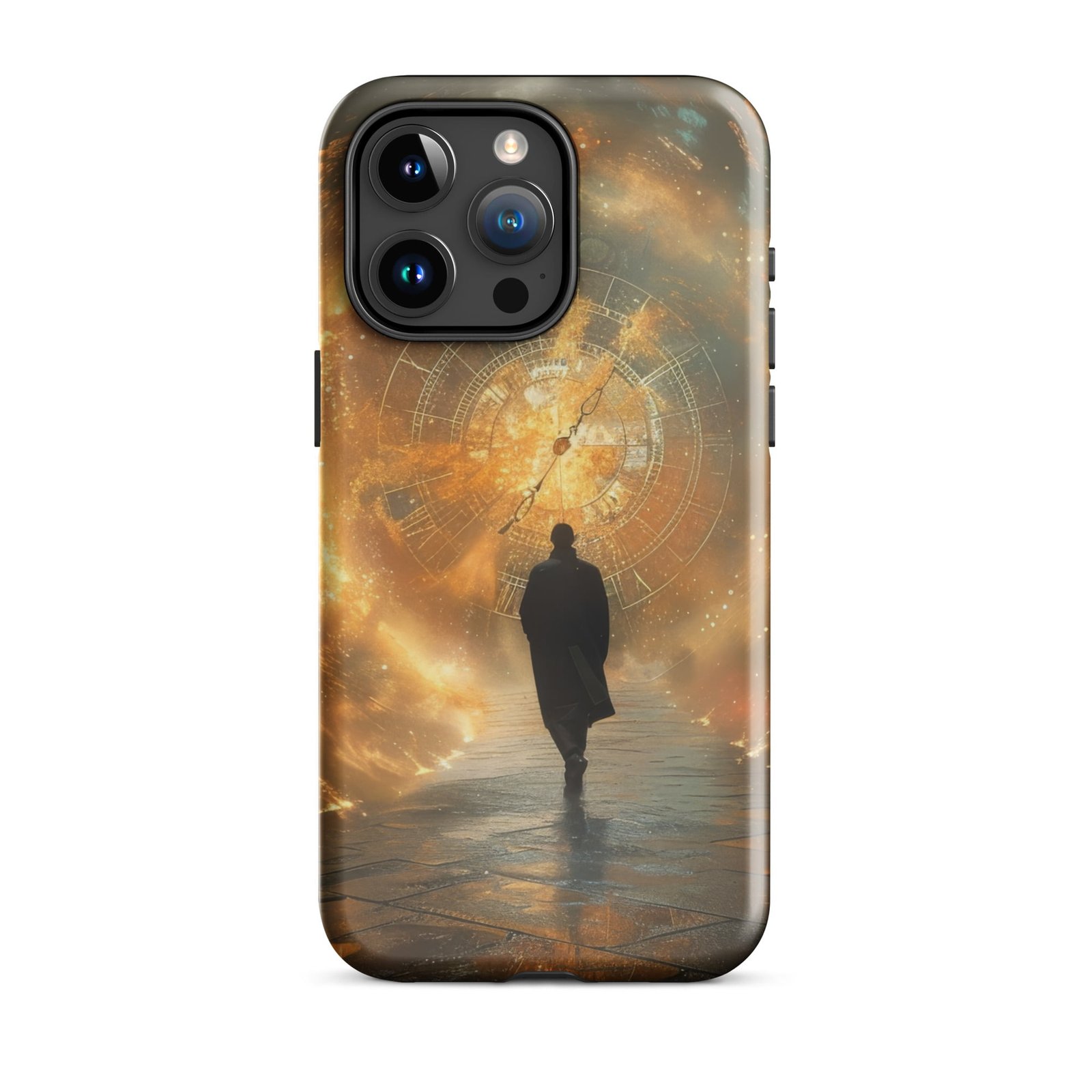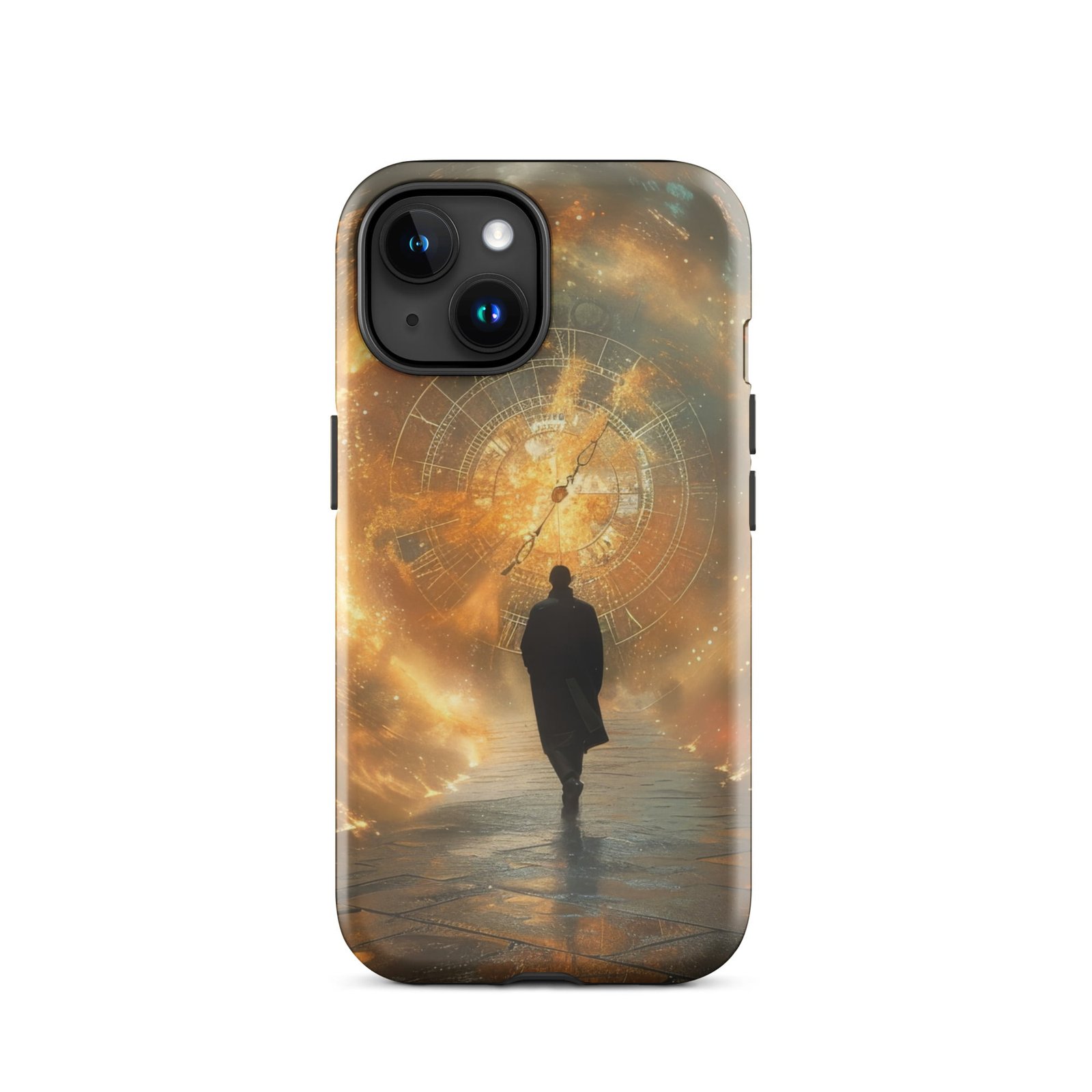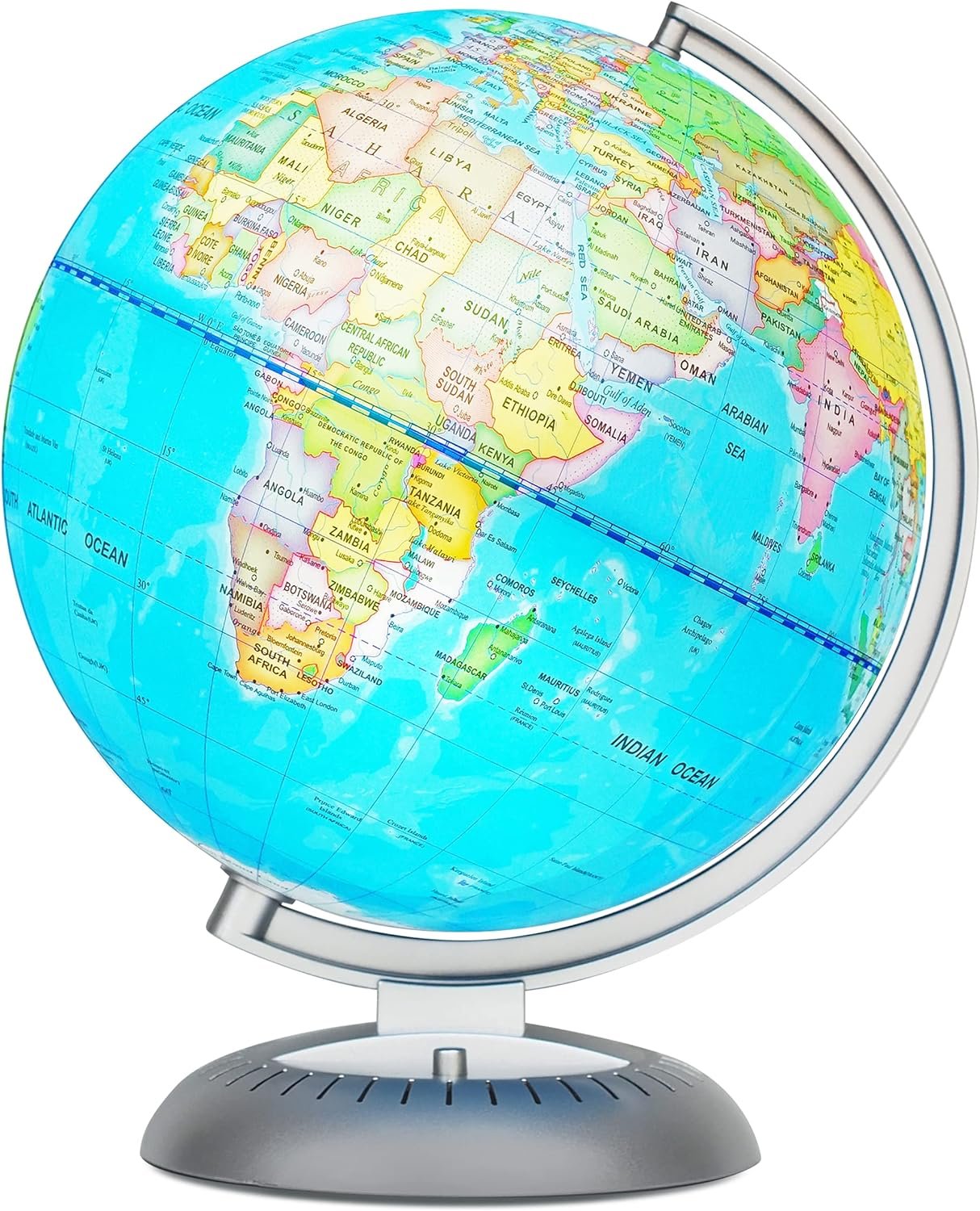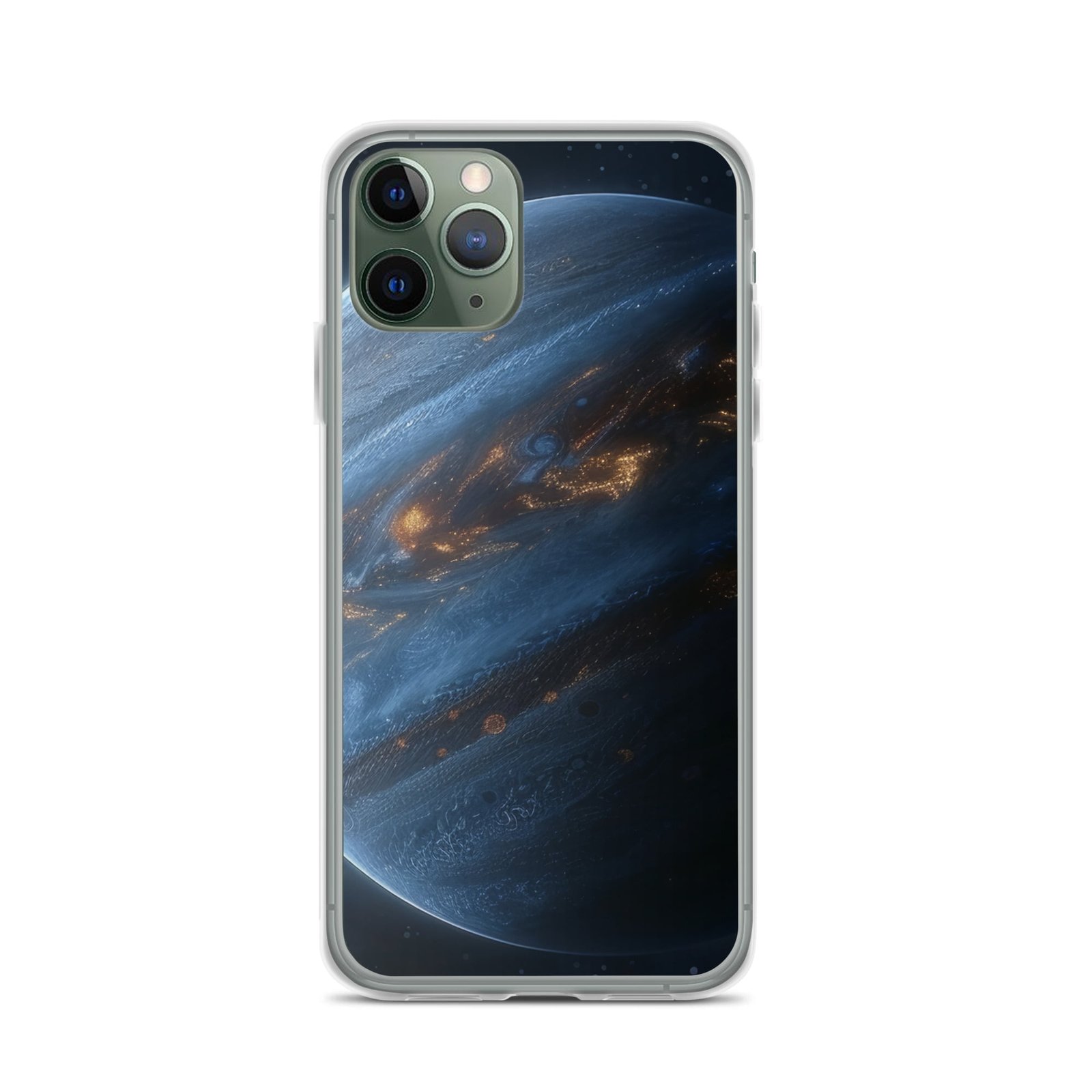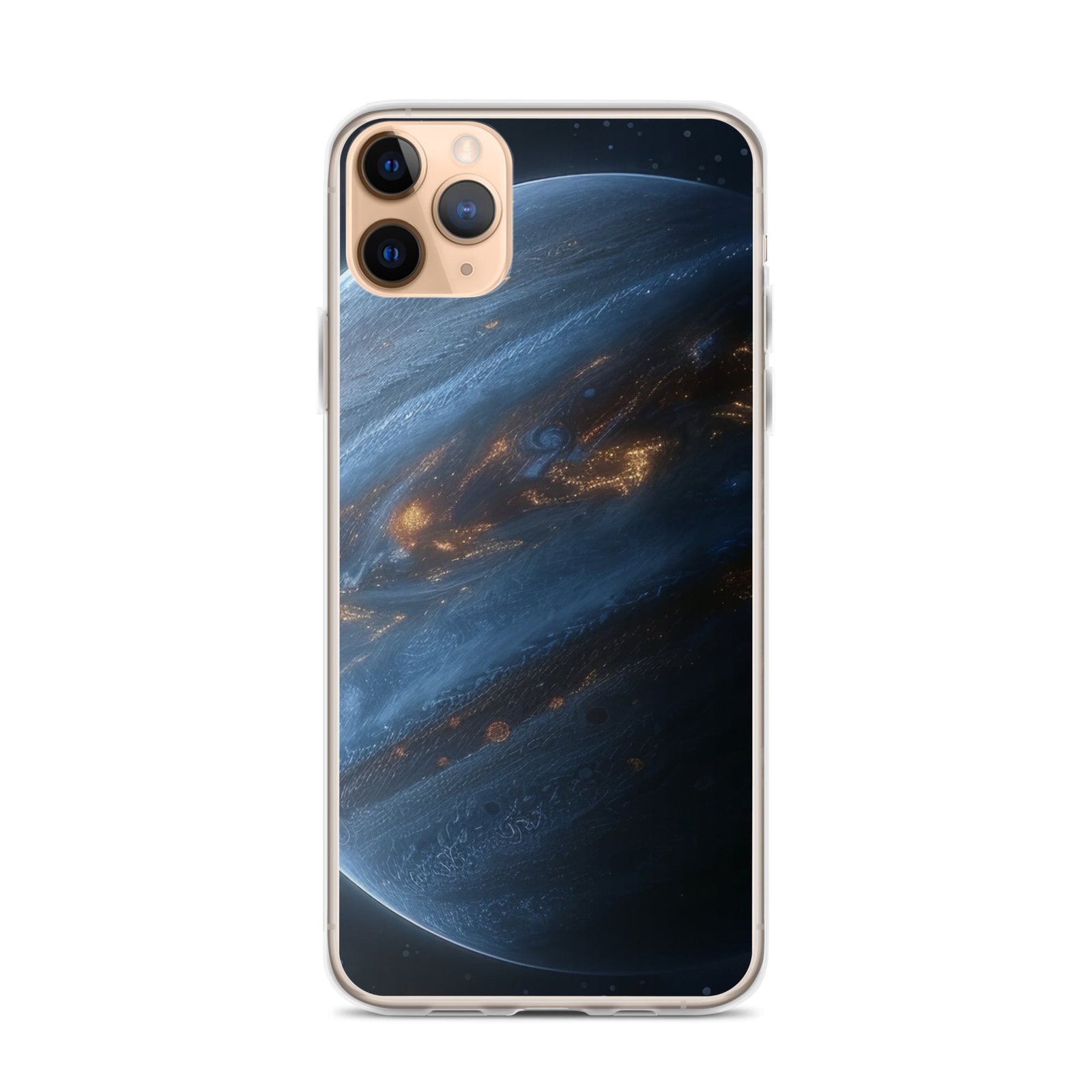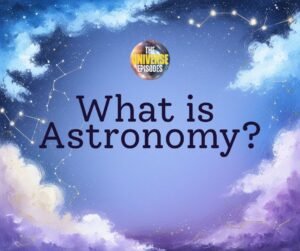Have you ever looked up at the night sky and wondered which bright objects were planets? You’re not alone. Identifying planets can be an exciting and rewarding hobby, whether you’re a seasoned stargazer or a curious beginner. Knowing what planets are visible often can help you connect with the cosmos in a practical way.In this comprehensive guide, you’ll learn exactly which planets you can spot regularly, how to identify them, and when they’re most visible.
Key Takeaways:
- Mercury, Venus, Mars, Jupiter, and Saturn are frequently visible without telescopes.
- Venus is the brightest planet and often seen at dawn or dusk.
- Jupiter and Saturn are bright and visible for extended periods.
- Mars has a reddish color and is brightest during opposition.
- Mercury is visible briefly several times per year.
- Optimal viewing requires low light pollution and clear skies.
What Planets Are Visible Often? An Overview
When we talk about visible planets, we’re referring to those you can easily see with your naked eye. These planets don’t require telescopes or binoculars, though those tools can enhance your view. The five planets visible frequently from Earth are:
- Mercury
- Venus
- Mars
- Jupiter
- Saturn
Each planet has unique visibility patterns, brightness, and characteristics. Let’s dive deeper into each one, so you know exactly what to look for.
Mercury: The Elusive Inner Planet

Mercury is closest to the Sun, making it somewhat tricky to spot. Yet, with proper timing, you can easily see this small planet.
Why Mercury Is Harder to See
Mercury orbits close to the Sun, so it’s often lost in the Sun’s glare. However, several times per year, Mercury reaches its greatest elongation. This means Mercury is farthest from the Sun in our sky, making it easier to spot.
How and When to Spot Mercury
- Best viewing times: During greatest elongations (occurring 3-4 times per year).
- Look for Mercury: Near the horizon, shortly after sunset or just before sunrise.
- Brightness: Apparent magnitude can reach -2.48, making Mercury bright enough to spot under ideal conditions.
Example:
In early April 2025, Mercury will be visible low in the evening sky just after sunset. Look west about 20 minutes after sunset for your best chance.
Venus: The Brightest Planet in Our Sky

Venus is famously bright—so bright, in fact, it’s commonly mistaken for a star. Its brilliance earns it nicknames like the “Morning Star” and “Evening Star.”
Why Venus Is Easy to Spot
Venus has thick reflective clouds, making it incredibly bright. At its brightest, Venus reaches an apparent magnitude of -4.6. This makes Venus bright enough to see even during the daytime under optimal conditions.
How and When to Spot Venus
- Best viewing times: Regularly visible throughout the year, alternating between early evening and morning visibility.
- Look for Venus: In the western sky at sunset or eastern sky at sunrise.
- Brightness: Venus is the brightest planet and unmistakable due to its intense glow.
Example:
In the spring of 2025, Venus will shine brightly in the western sky just after sunset, making it a perfect time for evening viewing.
Mars: The Red Planet’s Distinctive Glow

Mars is famous for its reddish hue, making it easy to identify. Its red color comes from iron oxide (rust) on its surface.
Why Mars Stands Out
Mars is distinctly red and can reach impressive brightness during opposition. Opposition happens when Earth and Mars align on the same side of the Sun, placing Mars closest to Earth.
How and When to Spot Mars
- Best viewing times: During opposition, roughly every two years.
- Look for Mars: Rising in the east shortly after sunset, visible throughout the night.
- Brightness: At opposition, Mars can reach -2.91 magnitude, making it brighter than most stars.
Example:
In January 2025, Mars reached opposition, becoming a bright red point easily visible all night.
Jupiter: The Giant Planet Visible in Our Night Sky

Jupiter, our solar system’s largest planet, is a frequent and easy target for skywatchers.
Why Jupiter is Easy to Spot
Jupiter’s immense size and reflective cloud bands make it very bright in our sky. It consistently outshines most stars and can be identified by its steady, bright glow.
How and When to Spot Jupiter
- Best viewing times: Visible for long periods each year, especially during opposition.
- Look for Jupiter: Rising in the eastern sky after sunset and visible throughout the night during opposition.
- Brightness: Jupiter reaches a brightness of -2.94 magnitude, making it easily distinguishable.
Example:
In late summer through fall 2025, Jupiter will dominate the night sky, rising in the east shortly after sunset.
Saturn: The Ringed Planet Visible Without a Telescope

Saturn, famous for its beautiful rings, is also visible frequently without special equipment. While you won’t see the rings clearly without a telescope, Saturn itself is bright enough to spot easily.
Why Saturn is Noticeable
Saturn has reflective clouds and a relatively large size, making it visible and distinguishable from stars by its steady glow.
How and When to Spot Saturn
- Best viewing times: Visible for extended periods, with peak visibility around opposition each year.
- Look for Saturn: Rising in the east during late evening; best viewed late summer through autumn.
- Brightness: Saturn reaches an apparent magnitude of -0.55, bright enough to be easily spotted.
Example:
In September 2025, Saturn will be at opposition, making it an ideal time to observe.
Best Conditions for Spotting Visible Planets
Knowing which planets are visible often is just the first step. To maximize your viewing experience, consider these factors:
Location and Light Pollution
- Find dark skies: Cities produce a lot of artificial light, making it harder to see planets clearly. Rural areas or parks far from city lights are ideal.
- Use dark-sky maps: Websites like Light Pollution Map help you find ideal viewing locations near you.
Weather and Atmospheric Conditions
- Clear skies: Avoid cloudy nights. Clear, dry conditions are ideal.
- Atmospheric stability: Colder temperatures and calm nights typically provide steadier views.
Timing and Planning
- Before dawn or after dusk: Planets stand out best during twilight hours—shortly before sunrise or after sunset.
- Use astronomy apps: Apps such as Stellarium, SkyView, or Star Walk help pinpoint exact planet locations.
Quick Tips to Identify Planets Easily
- Brightness: Planets don’t twinkle like stars. They shine steadily.
- Color: Mars is red, Venus extremely bright white, Jupiter bright white-yellow, and Saturn pale yellow.
- Position: Planets lie roughly on the ecliptic plane—the path the Sun travels across the sky.
Final Thoughts and Next Steps
Now you know exactly what planets are visible often and how to spot them. Observing planets helps connect you directly to the universe, providing a feeling of wonder and curiosity.Get started tonight:
- Check online resources or download an astronomy app.
- Identify a dark location nearby.
- Head out during twilight hours for optimal viewing.
- Share your passion for astronomy with friends and family!
By following these steps, you’ll become confident in spotting planets, enriching your appreciation of the night sky.Happy planet hunting!

